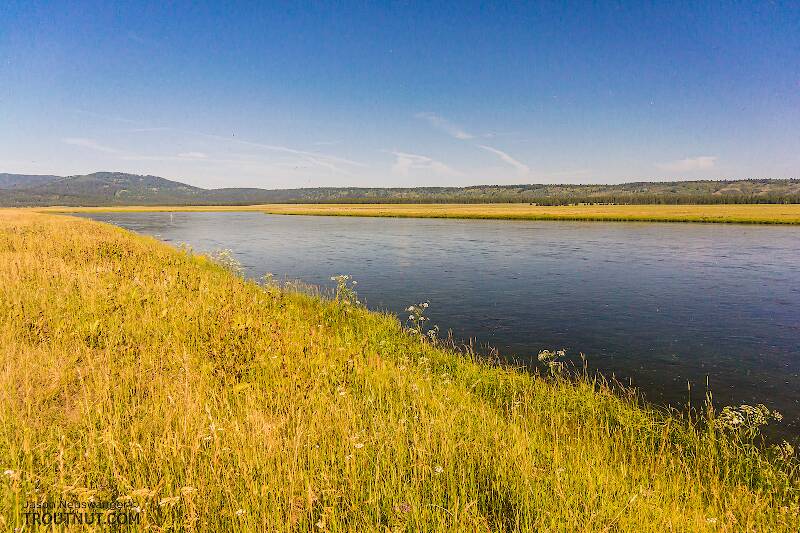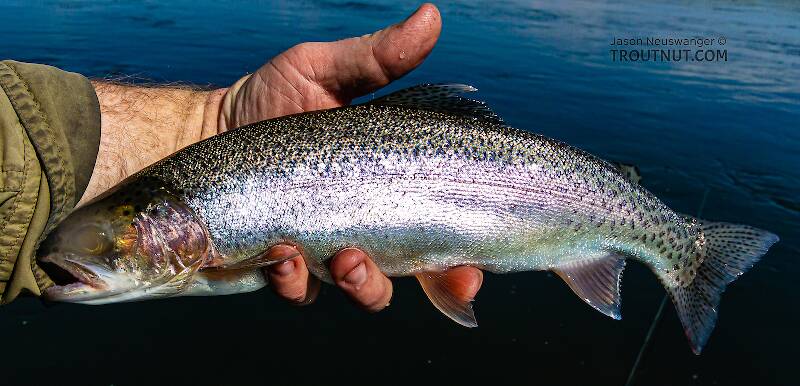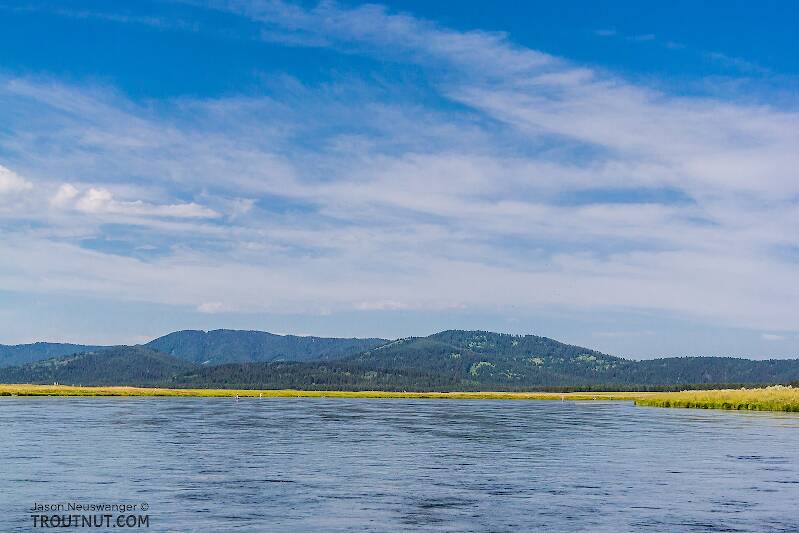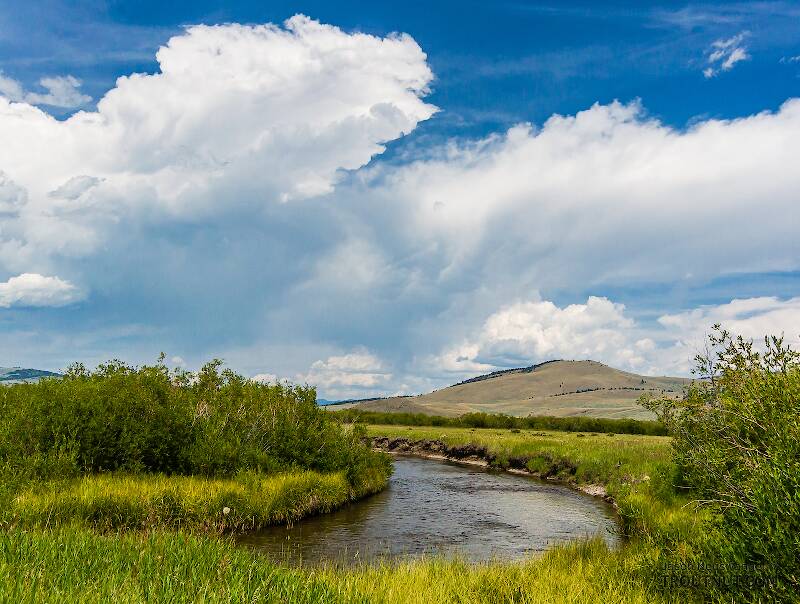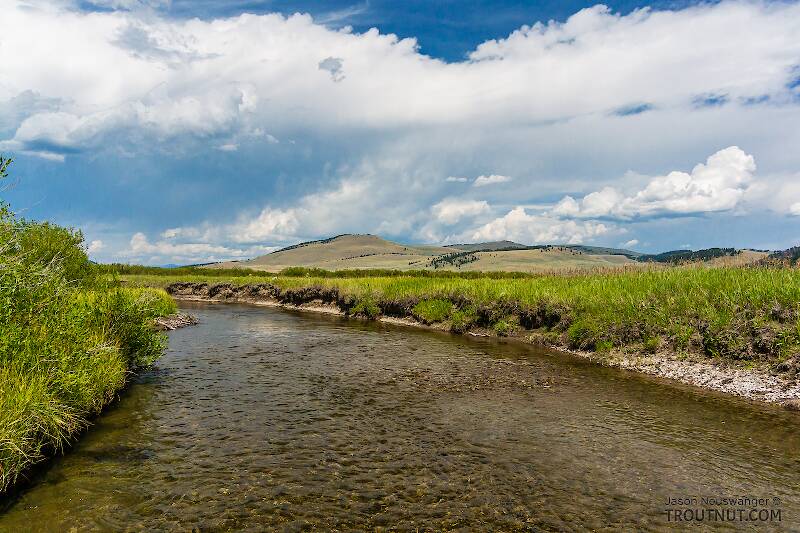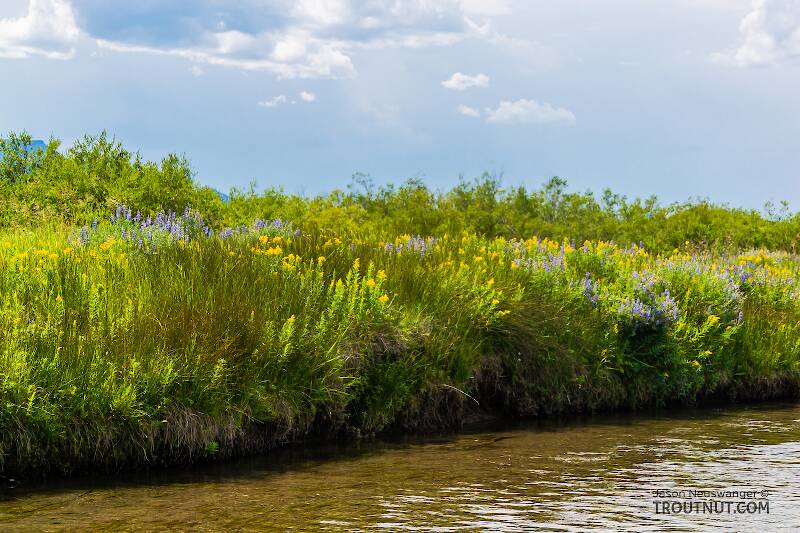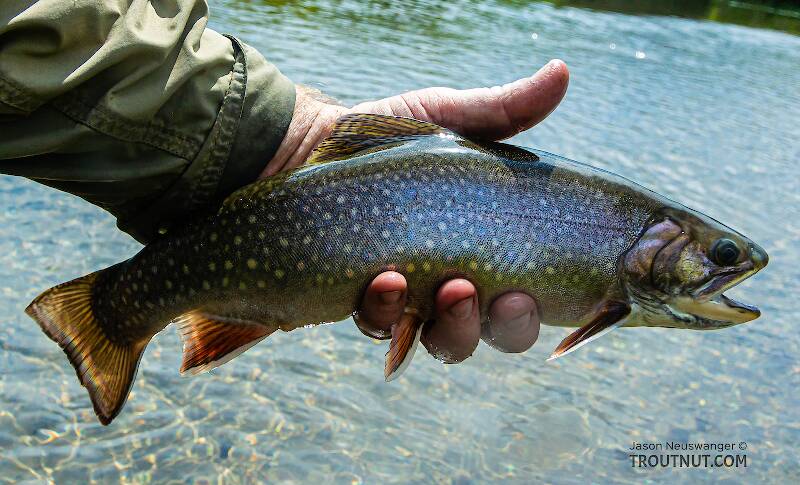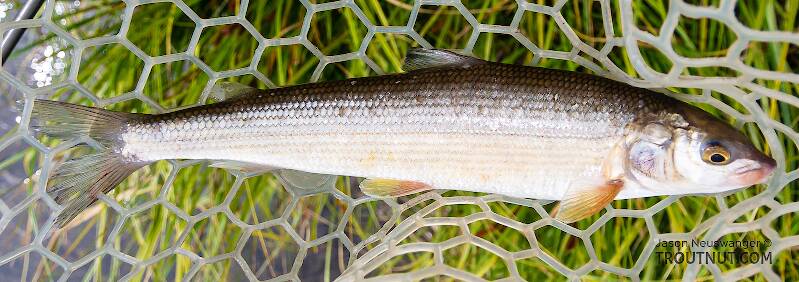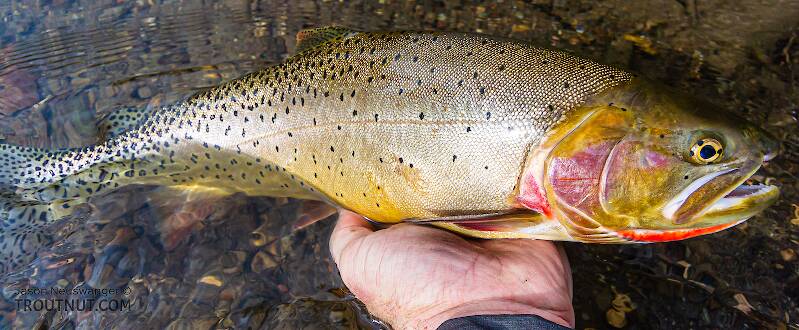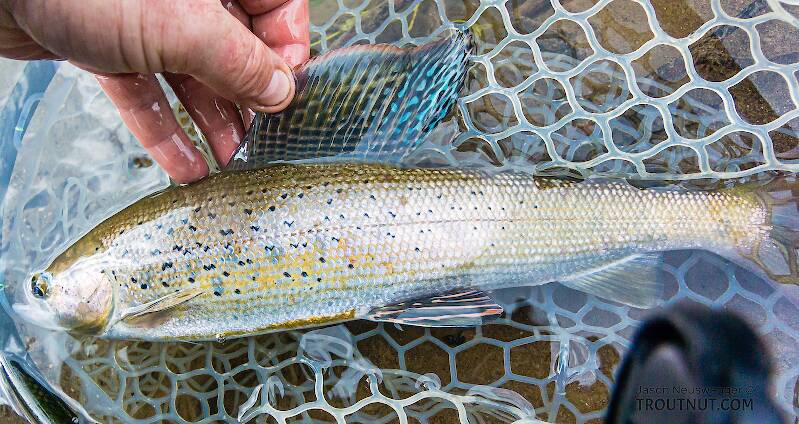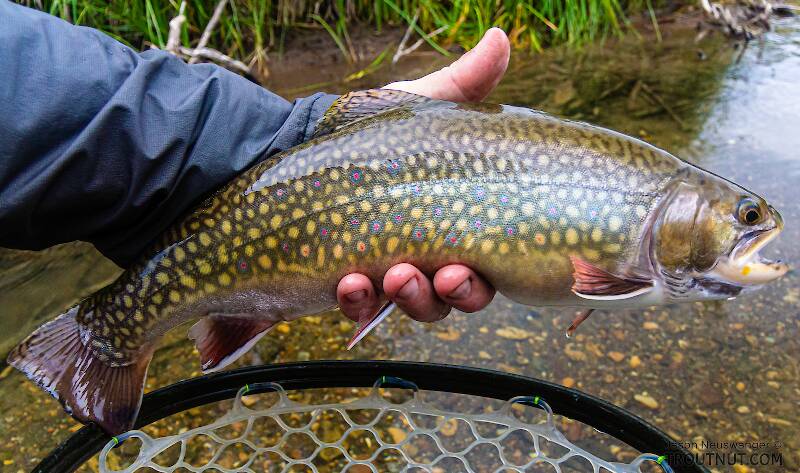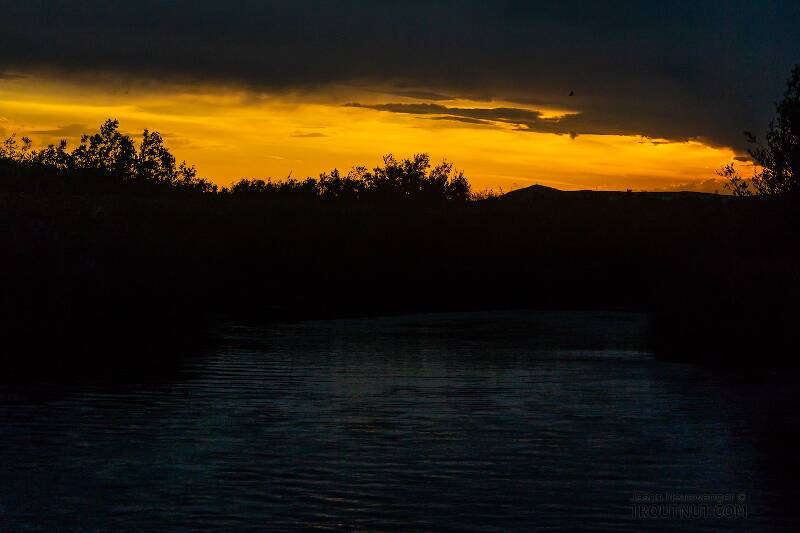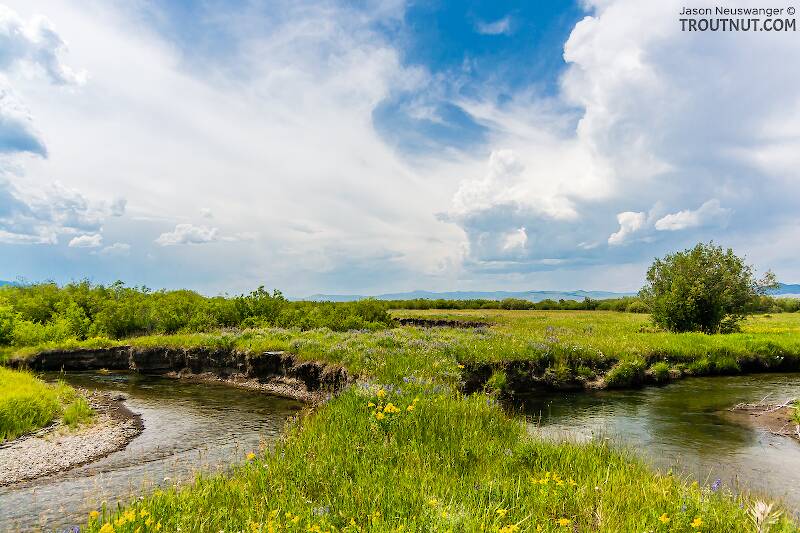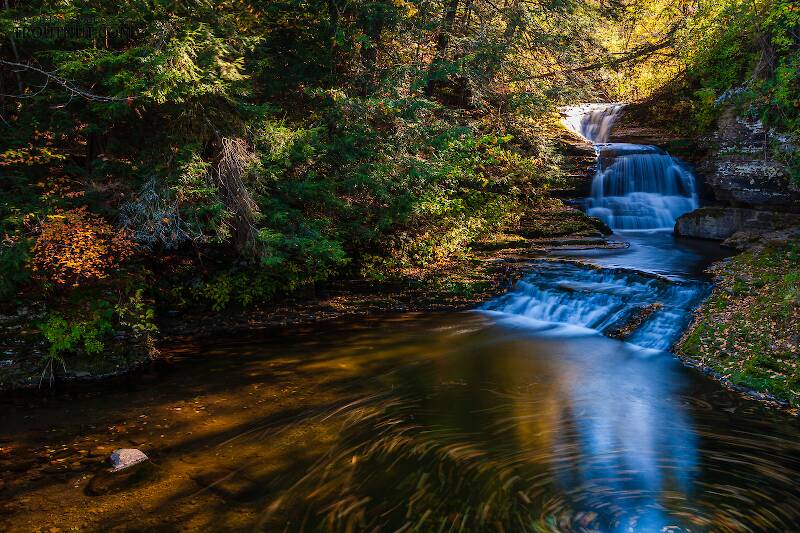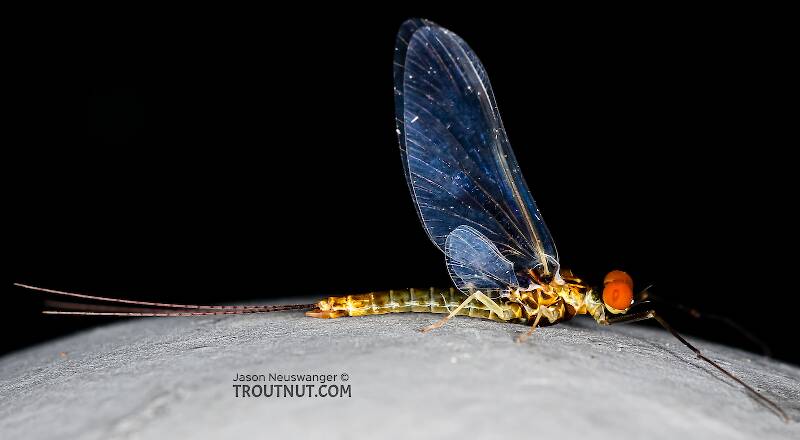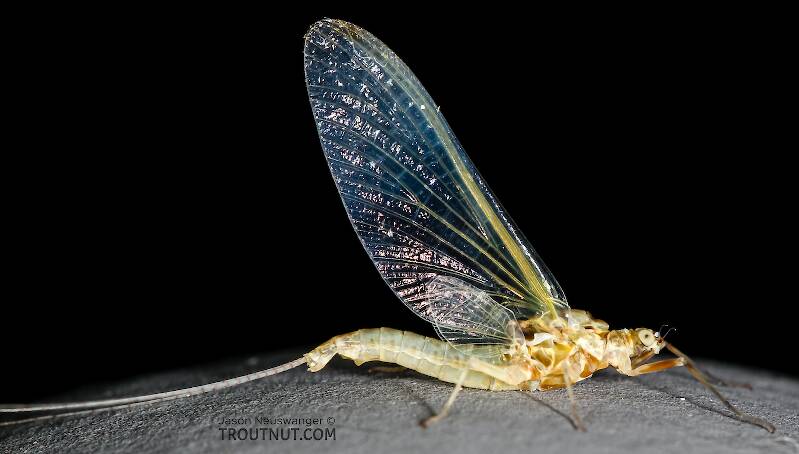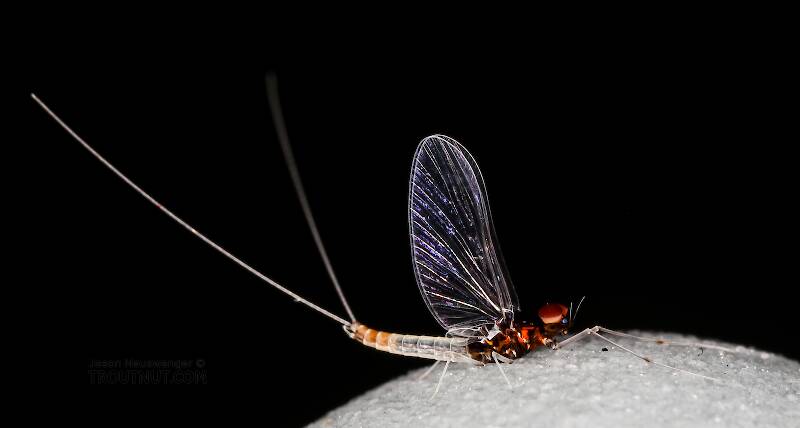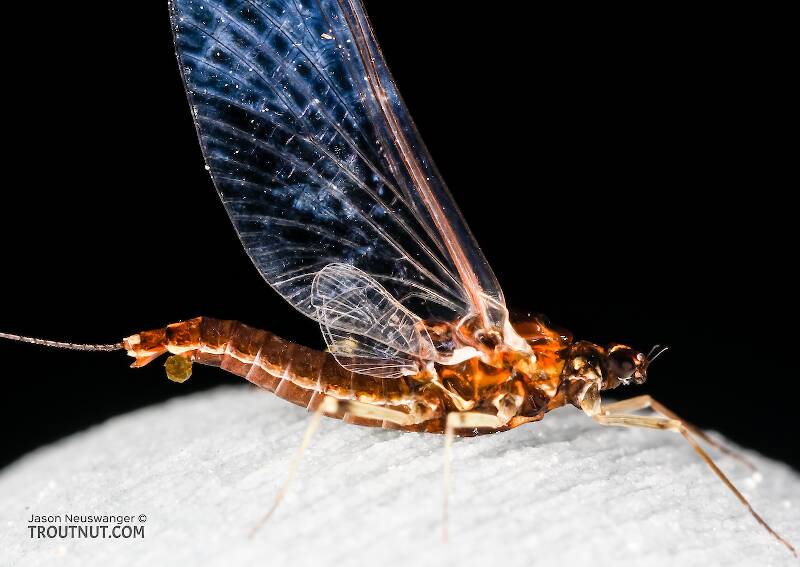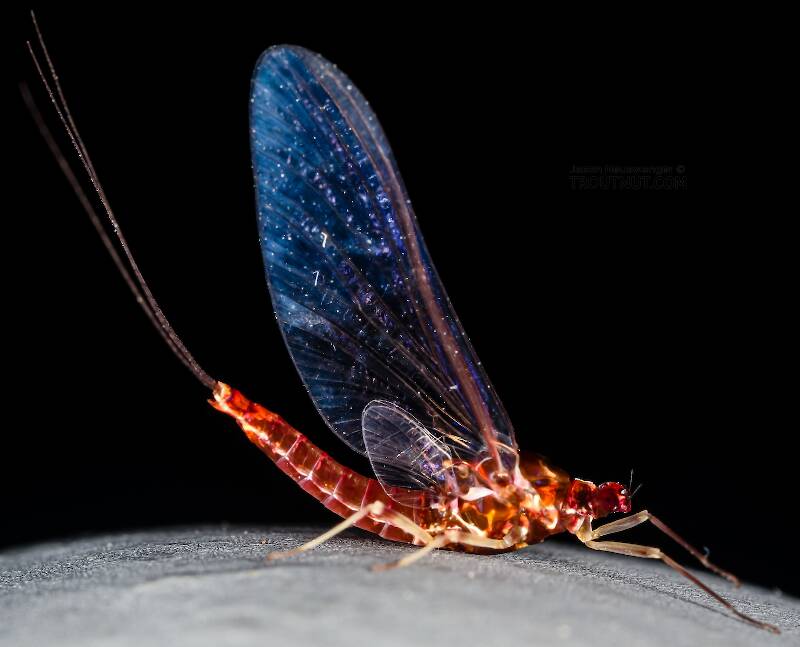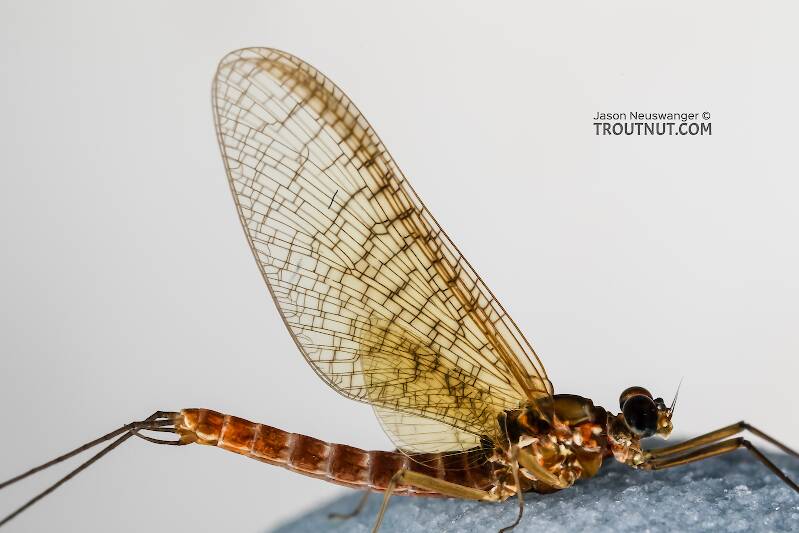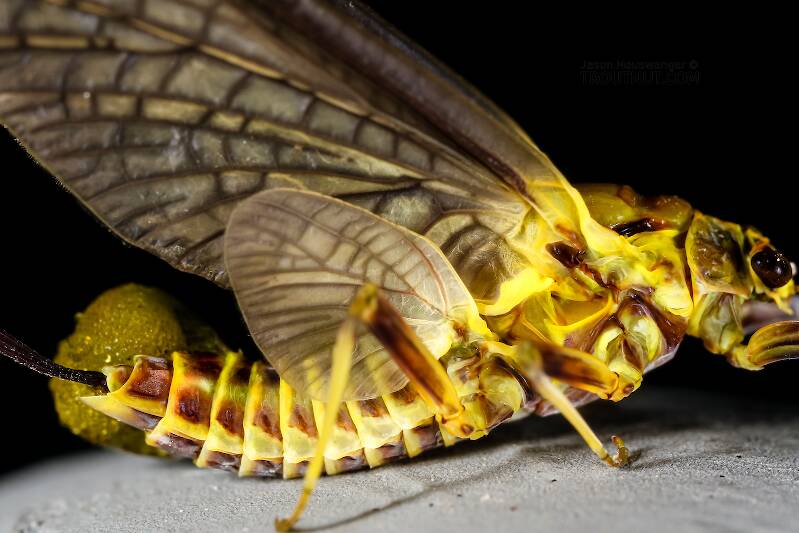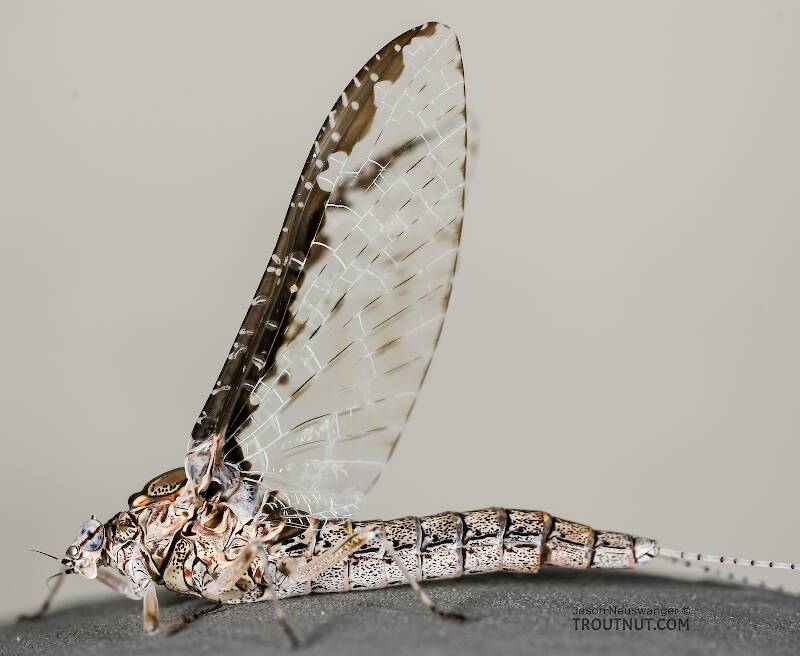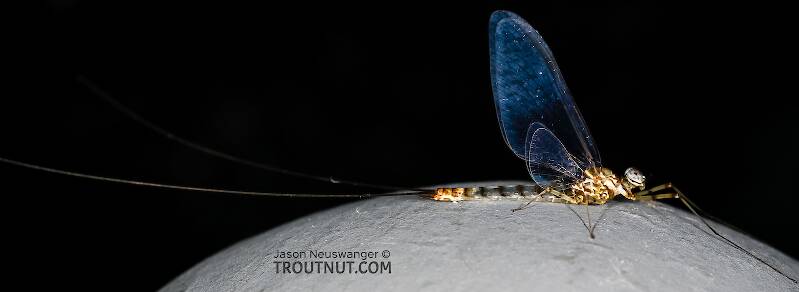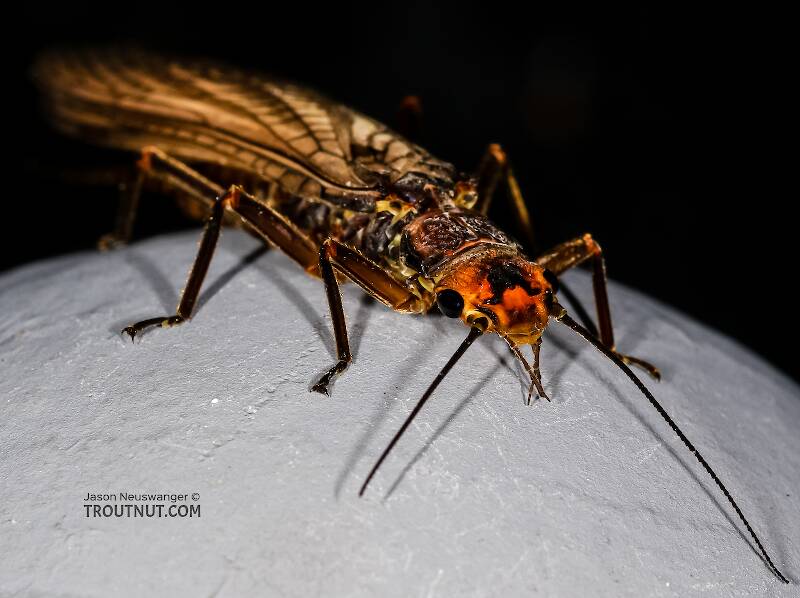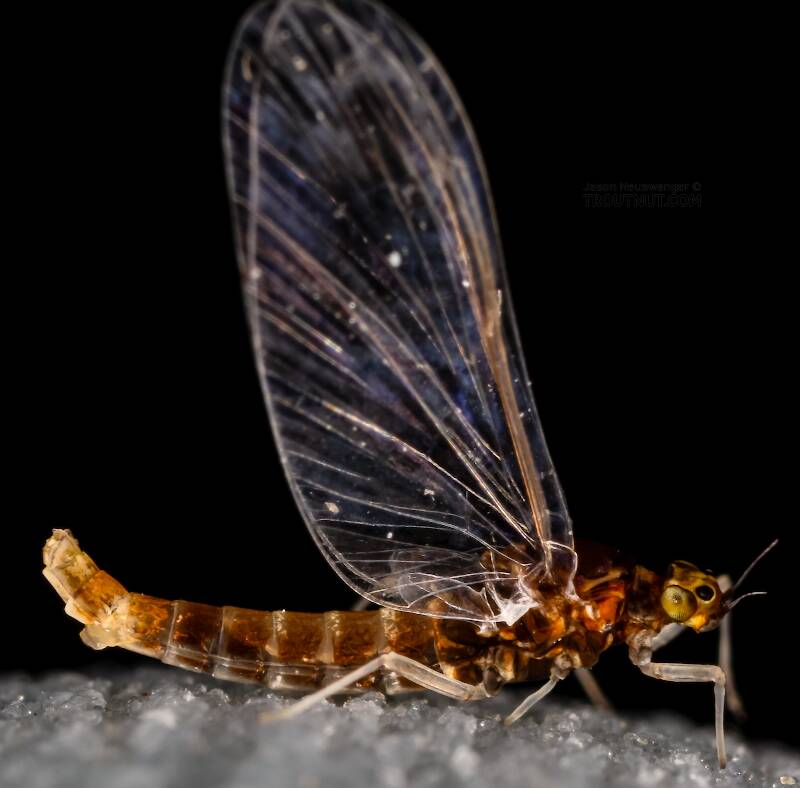
Blue-winged Olives
Baetis
Tiny Baetis mayflies are perhaps the most commonly encountered and imitated by anglers on all American trout streams due to their great abundance, widespread distribution, and trout-friendly emergence habits.
Featured on the forum

As far as I can tell, this species has only previously been reported from one site in Oregon along the Columbia gorge. However, the key characteristics are fairly unmistakable in all except for one minor detail:
— 4 small yellow spots on frons visible in photos
— Narrow occipital spinule row curves forward (but doesn’t quite meet on stem of ecdysial suture, as it's supposed to in this species)
— Short spinules on anterior margin of front legs
— Short rposterior row of blunt spinules on abdominal tergae, rather than elongated spinules dorsally
I caught several of these mature nymphs in the fishless, tiny headwaters of a creek high in the Wenatchee Mountains.
— 4 small yellow spots on frons visible in photos
— Narrow occipital spinule row curves forward (but doesn’t quite meet on stem of ecdysial suture, as it's supposed to in this species)
— Short spinules on anterior margin of front legs
— Short rposterior row of blunt spinules on abdominal tergae, rather than elongated spinules dorsally
I caught several of these mature nymphs in the fishless, tiny headwaters of a creek high in the Wenatchee Mountains.

Troutnut is a project started in 2003 by salmonid ecologist Jason "Troutnut" Neuswanger to help anglers and
fly tyers unabashedly embrace the entomological side of the sport. Learn more about Troutnut or
support the project for an enhanced experience here.
By Troutnut on July 31st, 2020
I fished the Henry's Fork of the Snake out of the Last Chance access on the Harriman Ranch section from 8:30 to 11:00 am. Fishing was difficult, I caught a 14-incher on a size 18 olive Galloup's Cripple dry, and I missed three other strikes or close refusals. There were obscenely many mayfly spinners on the water, mostly Ephemerella excrucians PMDs but also a few Baetis, Tricorythodes, and Siphlonurus occidentalis. However, very few fish rose more than once or twice, and they were picky when they did. Most of the action was from 10 to 11 pm. After fishing, I set up in the parking lot to photograph bugs during the heat of the day.
I drove a long way to a secret spot to fish for the evening. However, it wasn't as secret as I'd like. Several vehicles at the usual access point compelled me to look elsewhere, and I drove to somewhere I'd have more of a walk to avoid people. At first I caught some brook trout and a small whitefish, including a nice 14 1/8" brookie. I thought maybe the other fish I was after were not to be found in this part of the creek. However, on the last pool before I was going to give up and move, an 18.5" cutthroat slammed my Royal Doublewing and put up a great fight. A smaller one tried to hit in the same pool.
In the next pool up, I hooked an even bigger one, at least 20", and fought it for over five minutes before the hook came loose. I took these back-to-back fish as a sign that the fishing was heating up, but that was the last sign of big cutts. As a more-than-great consolation prize, I caught my largest brook trout ever (16 1/8") and six brookies in the 10–12" range. All the fishing really shut down 1–2 hours before dark.
I drove a long way to a secret spot to fish for the evening. However, it wasn't as secret as I'd like. Several vehicles at the usual access point compelled me to look elsewhere, and I drove to somewhere I'd have more of a walk to avoid people. At first I caught some brook trout and a small whitefish, including a nice 14 1/8" brookie. I thought maybe the other fish I was after were not to be found in this part of the creek. However, on the last pool before I was going to give up and move, an 18.5" cutthroat slammed my Royal Doublewing and put up a great fight. A smaller one tried to hit in the same pool.
In the next pool up, I hooked an even bigger one, at least 20", and fought it for over five minutes before the hook came loose. I took these back-to-back fish as a sign that the fishing was heating up, but that was the last sign of big cutts. As a more-than-great consolation prize, I caught my largest brook trout ever (16 1/8") and six brookies in the 10–12" range. All the fishing really shut down 1–2 hours before dark.
Photos by Troutnut from the Henry's Fork of the Snake River and Mystery Creek #237 in Idaho and Montana
